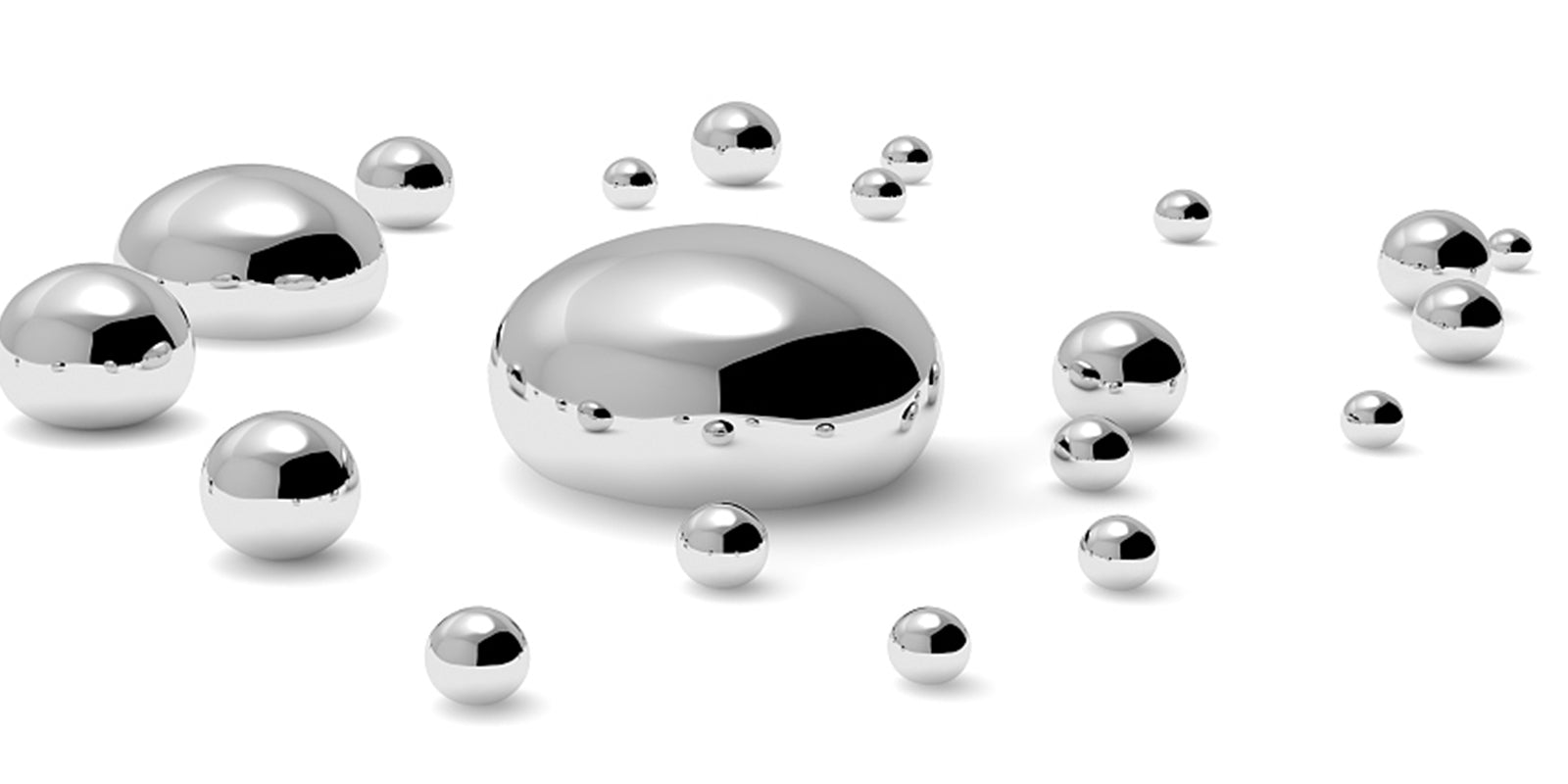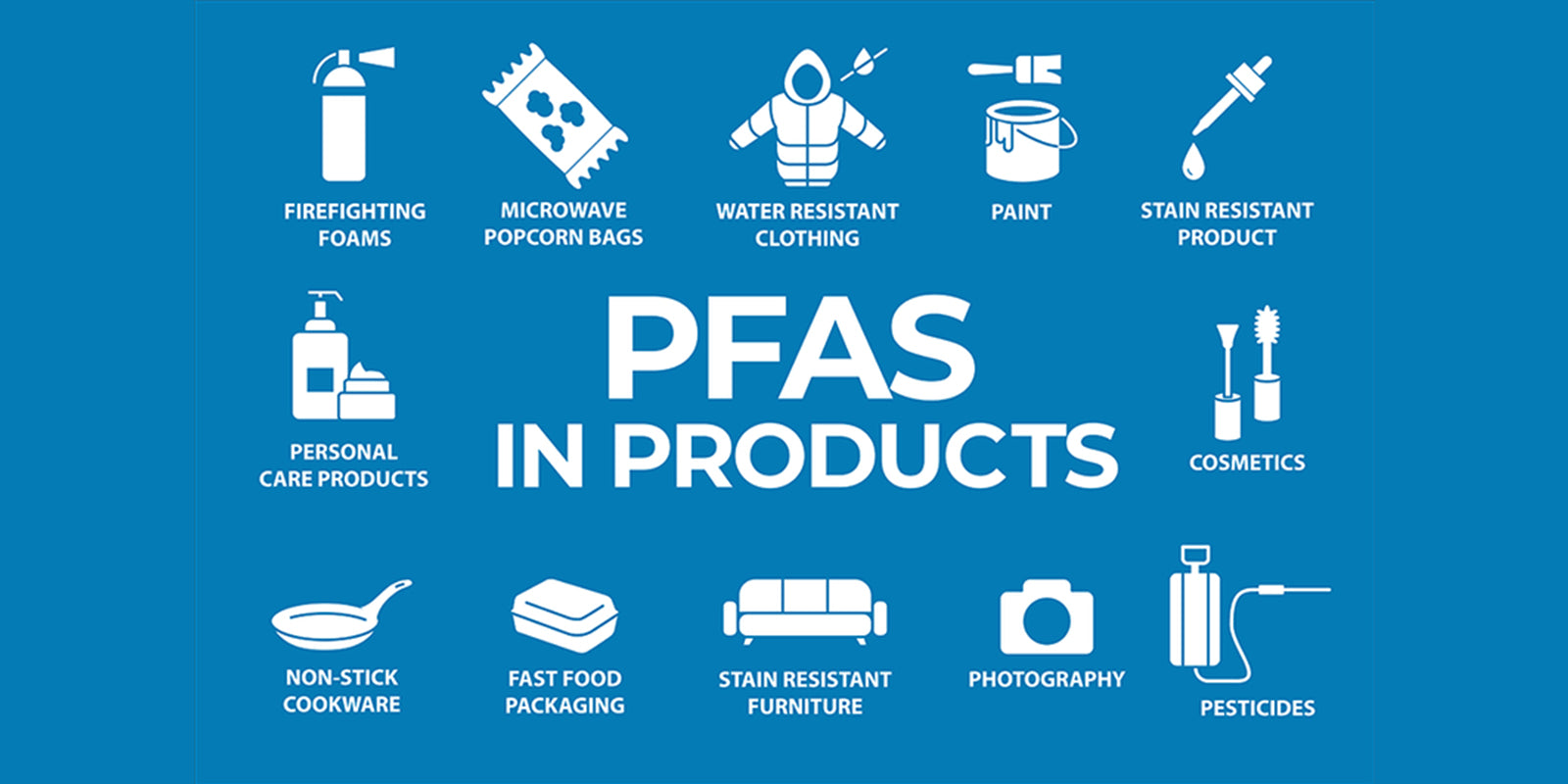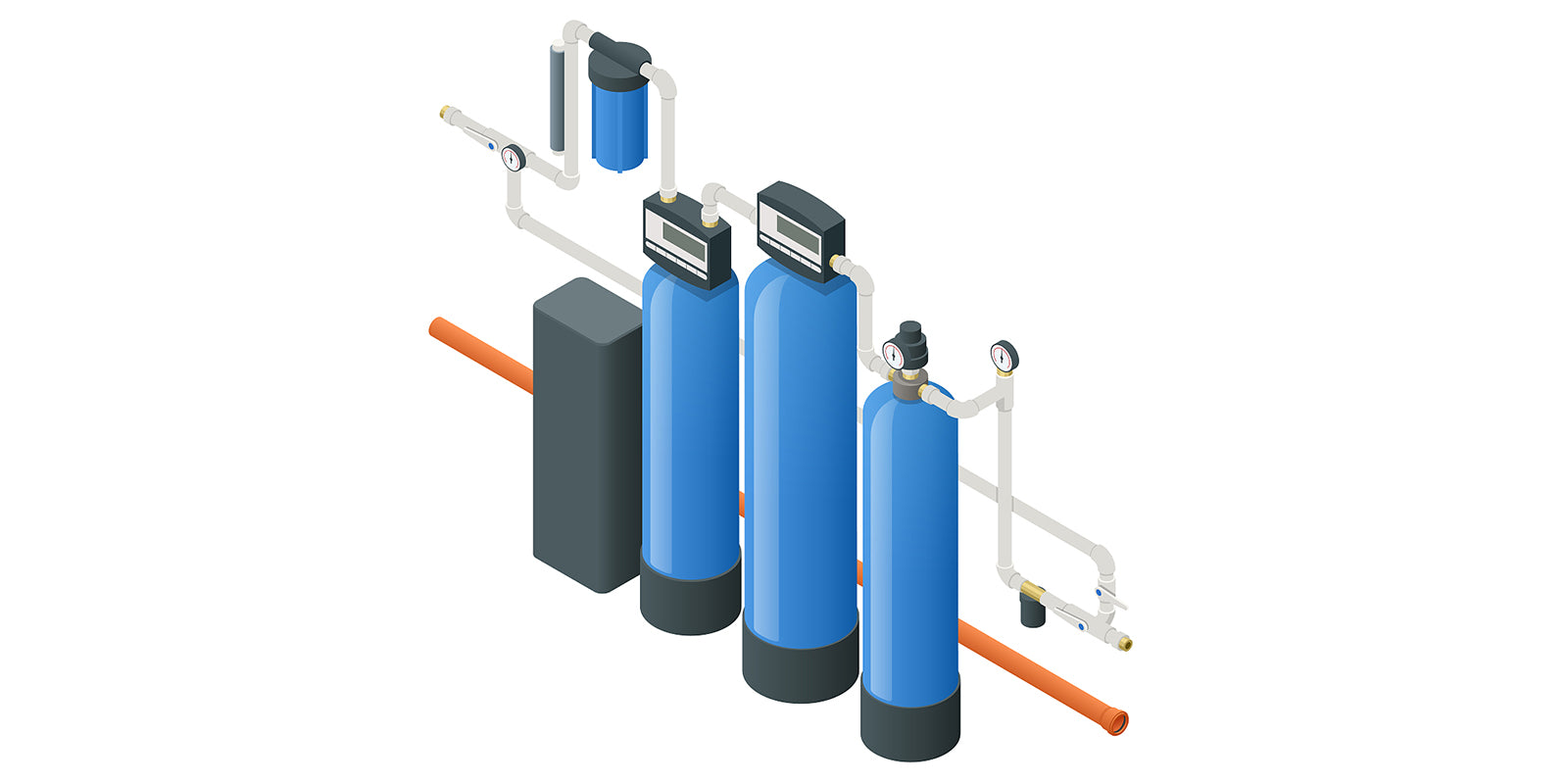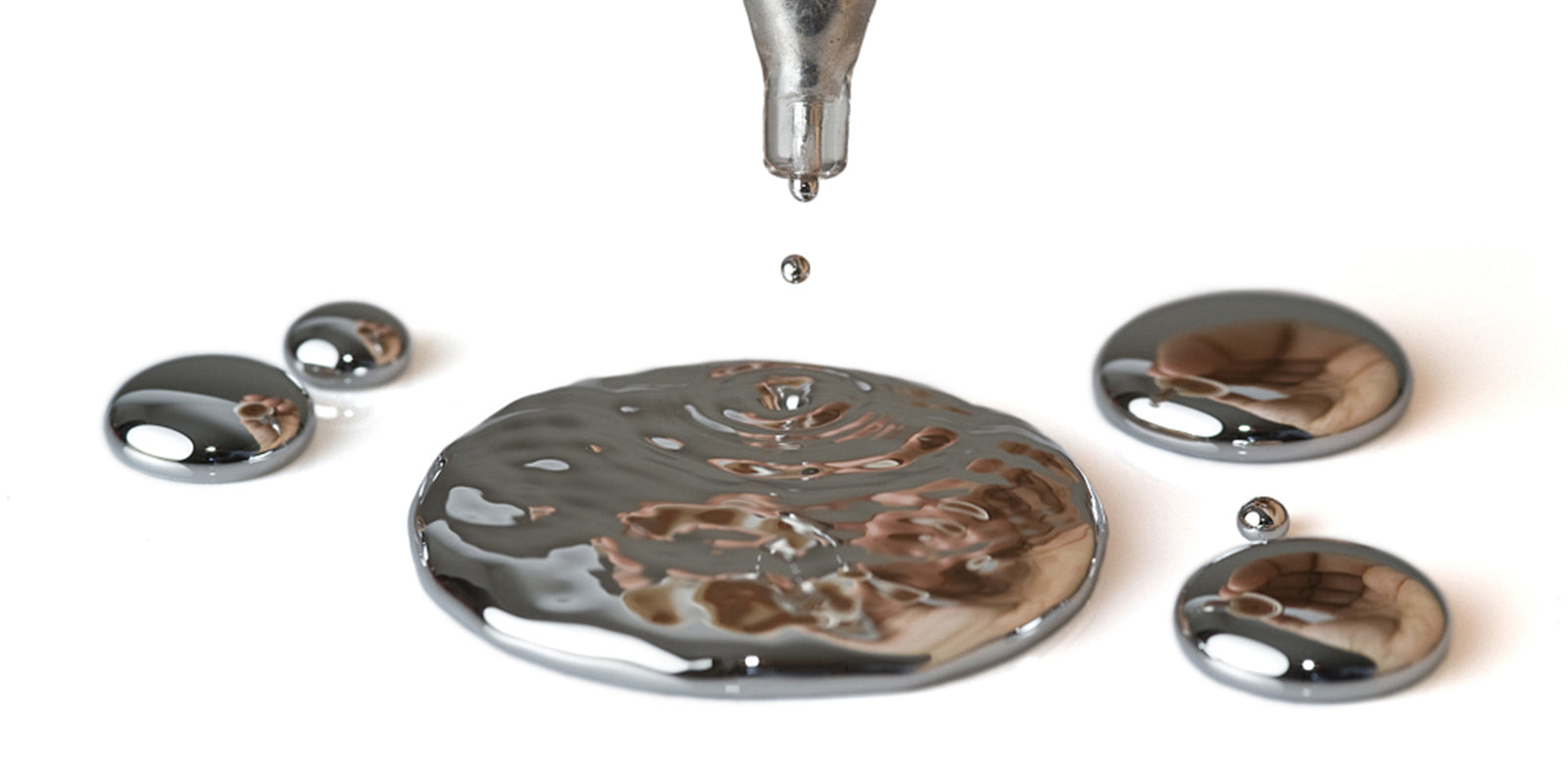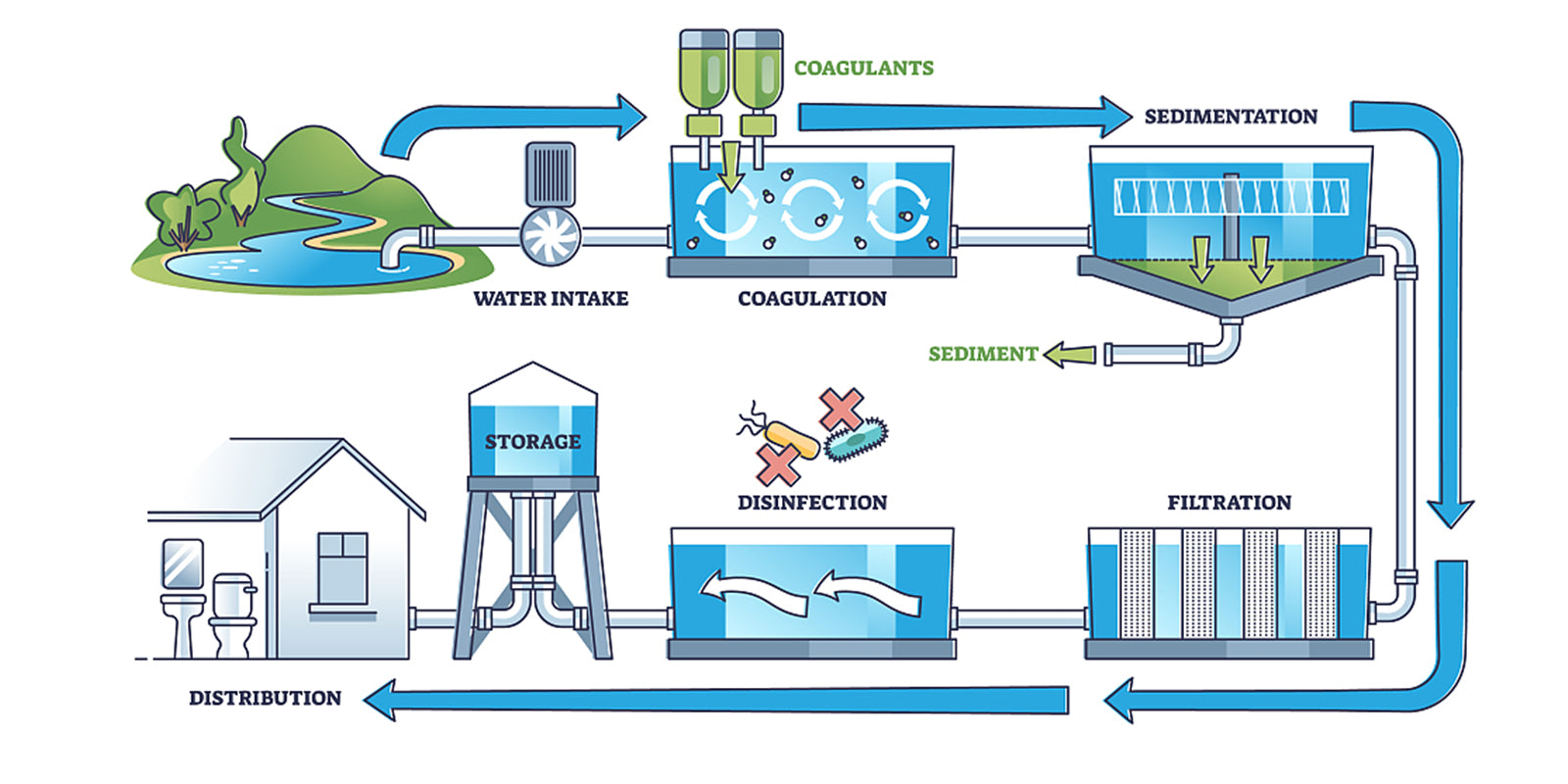Water is the source of life, if the water quality of heavy metals in excess of the standard, it will endanger human health, the light will cause the human body to develop diseases, and the heavy will cause death. Mercury, one of the heavy metals, can also cause serious problems, especially health problems, if it is in excess. This article will explain what mercury is and what health problems can be caused by excess mercury in water.
What is mercury?
Mercury is one of the most well-known heavy metals. Mercury in nature exists mainly in the form of mercury sulfide, which is insoluble in water and non-toxic. The concentration of soluble mercury in natural water bodies is generally low, and the bottom and biological tissues can be enriched with mercury.
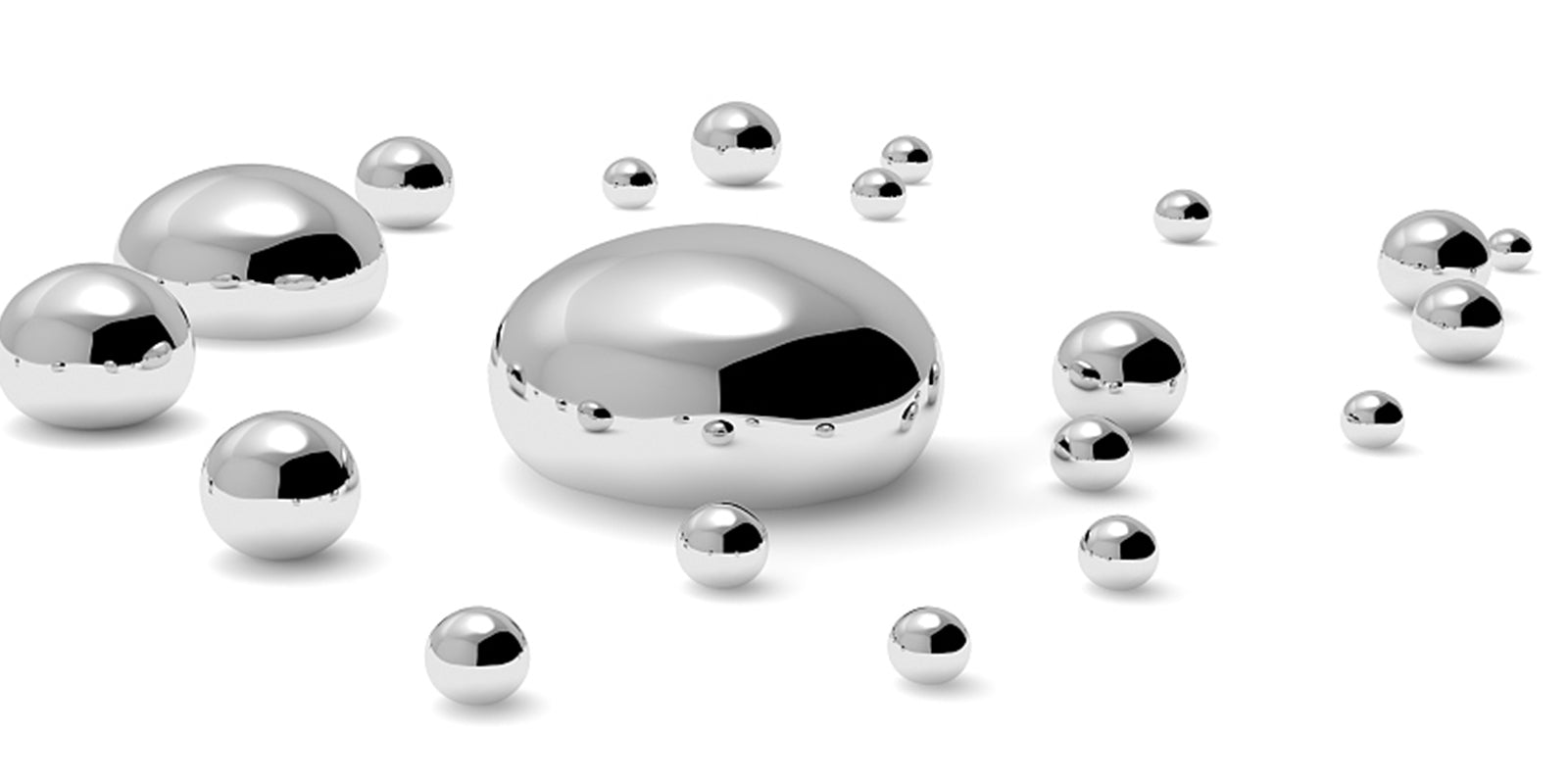
The effects of mercury on human health
Elemental mercury and methylmercury are toxic to the central and peripheral nervous systems. Inhalation of mercury vapor can have harmful and potentially fatal effects on the nervous, digestive and immune systems, lungs and kidneys. Inorganic salts of mercury are corrosive to the skin, eyes, and gastrointestinal tract and may cause renal toxicity if ingested.
Neurological and behavioral disturbances may be observed following inhalation, ingestion, or dermal exposure to different mercury compounds. Symptoms include tremors, insomnia, memory loss, neuromuscular effects, headaches, and cognitive and motor dysfunction. Kidney effects have been reported, ranging from increased protein in the urine to kidney failure.
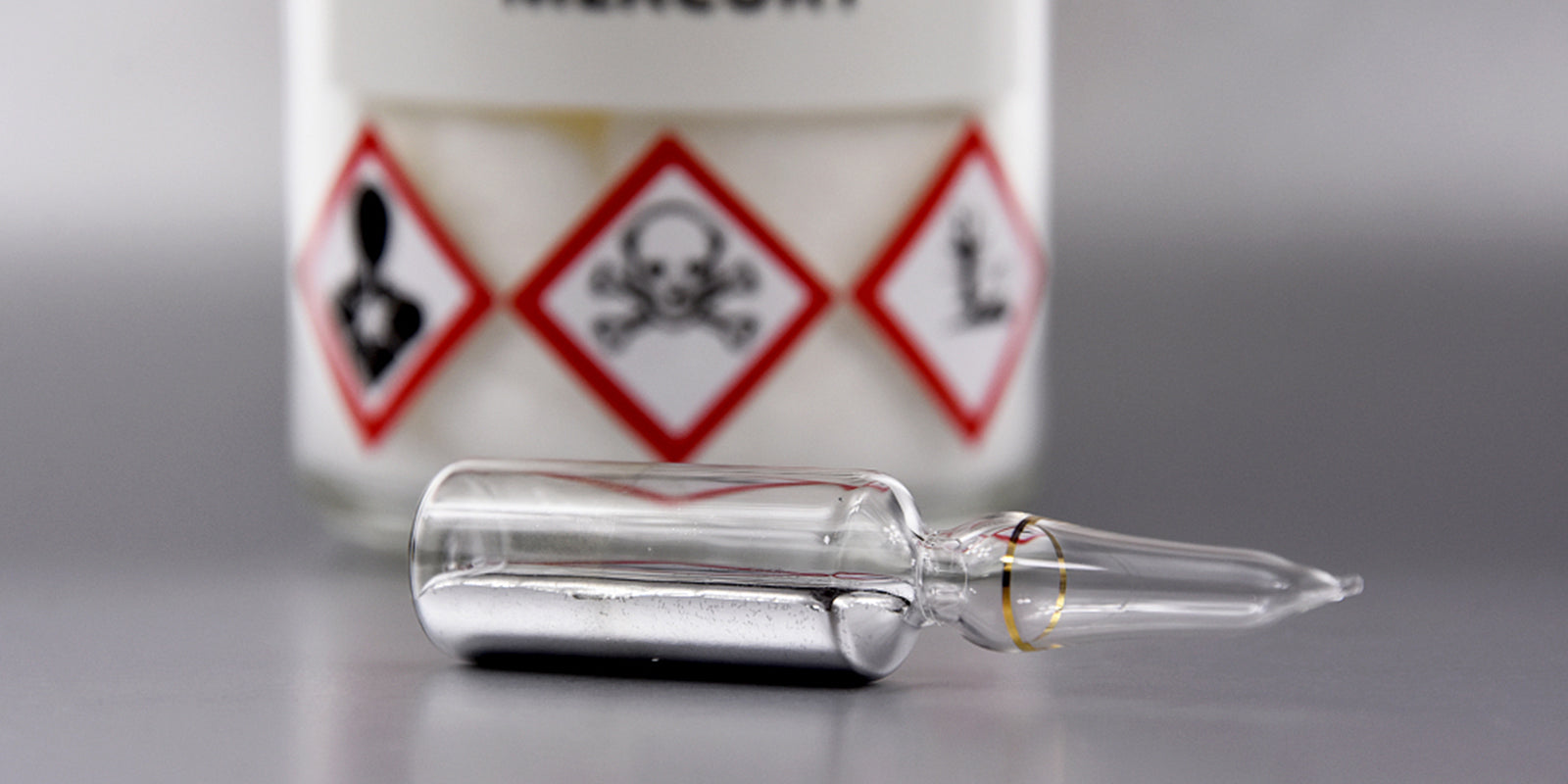
How to reduce mercury in water?
Distillation
Water distillation systems work by removing most of the solid contaminants dissolved in water through boiling and condensation. There are smaller systems that can be placed on the kitchen counter, but they are limited to producing small amounts of water per day. In terms of cost of use, the removal of mercury from water by distillation is somewhat more expensive than reverse osmosis systems because of the electricity used to boil the water.
Lime softening
Lime softening involves the use of Ca(OH) to increase the pH of the water, causing heavy metal contaminants to precipitate out in the form of Hg(OH). This method of mercury removal is also used as a remedy for water hardness, removing calcium and magnesium as precipitates. Lime softening is also cost effective and reliable.
Water filtration system
1)Reverse Osmosis
Reverse osmosis water filters work by forcing water through a membrane that blocks larger ions, such as lead and mercury. The common semi-permeable membrane material used is a polyamide membrane. This membrane allows only water molecules to pass through. There are also portable reverse osmosis systems, often called point-of-use systems, that can be conveniently installed near your home's kitchen sink. This process produces high quality water.
2)Carbon Filters
Activated carbon filter is one of the more commonly used filters in households, mainly through the adsorption function of activated carbon for water filtration, a process that naturally removes large molecules of heavy metals, but this method also has its own limitations. The first is that the filtration speed will be slow, and the second is that the filtration precision can not meet the needs of various life. However, it is now common to use under-sink filtration systems that combine activated carbon with other filtration technologies to remove other common contaminants such as mercury, lead, volatile organic compounds and chlorine.

